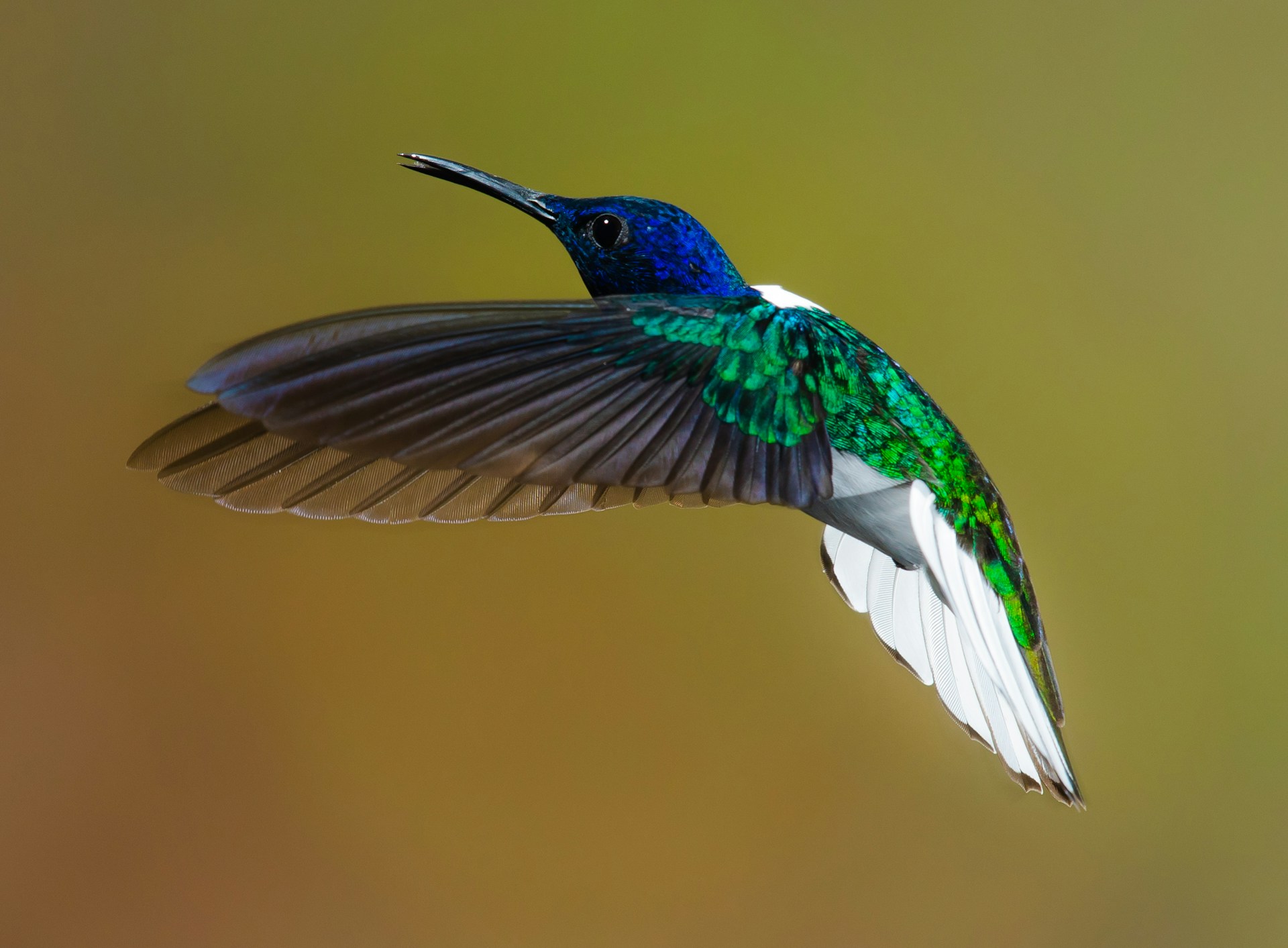Creating a Haven for Hummingbirds: Expert Tips for Attracting and Keeping Them in Your Garden
Bringing hummingbirds into your garden can transform your outdoor space into a vibrant sanctuary filled with the energetic buzz of these tiny, jewel-like creatures. For outdoors enthusiasts in the USA, establishing a hummingbird-friendly environment involves not just installing feeders but creating a balanced habitat that ensures these captivating birds return year after year. Let’s delve into the essentials of attracting and keeping hummingbirds happy in your garden, covering everything from the best hummingbird feeder types to the perfect plants and thoughtful garden design.
Choosing the Right Feeders
The journey of attracting hummingbirds begins with choosing the ideal feeders—a pivotal step that can make or break your efforts. While there are various feeders available, opting for those that cater specifically to hummingbirds’ preferences and needs is crucial.
- Opt for Common Feeders: To attract your initial feathered visitors, start with easily recognizable tube or hopper feeders, such as Walmart’s plastic “gazebo” feeders. These models are familiar to hummingbirds and can quickly pique their interest.
- Strategic Placement: Position your feeders near native red tubular flowers USA to attract hummingbirds by sight. This strategic placement helps these birds locate the feeders more easily.
- Multiple Feeders: Use multiple feeders spaced out to prevent a single bird from dominating and scaring others away. This minimizes territorial behavior and encourages more birds to visit.
Feeder Maintenance
Once you have the right feeders, maintaining them properly is paramount to keep the hummingbirds coming back. Cleanliness and the quality of nectar play vital roles in attracting and retaining these tiny guests.
- Regular Cleaning: Clean feeders every few days, especially in warm weather, to prevent mold and bacteria buildup. The most critical feature of a hummingbird feeder is its ease of cleaning.
- Homemade Nectar Recipe: Use a simple sugar-water nectar recipe (1 part sugar to 4 parts water) and avoid red dye. This mixture efficiently mimics natural nectar and keeps the birds healthy.
- Placement Considerations: Avoid placing feeders too close to windows to prevent birds from getting spooked by movements or reflections. This setting ensures a safer and more inviting feeding environment.
Flower and Plant Selection
In addition to feeders, the flower and plant selection in your garden significantly impacts its attractiveness to hummingbirds. Choosing the right plants can provide a continuous food source and create a naturalistic, inviting environment.
- Native Plants: Prioritize planting red, tubular flowers native to your area. Examples include Trumpet Honeysuckle, Cardinal Flower, and Wild Red Columbine. These plants are known for their nectar-rich blooms that hummingbirds find irresistible.
- Companion Planting: Grow a variety of plants to provide a continuous bloom cycle, attracting hummingbirds throughout the season. Consider plants like Coral Honeysuckle, Electric Love Weigela, Red Azaleas, and Lupines.
Creating a Comfort Zone
Besides food, providing comfortable resting and hydration options is essential for creating a hummingbird-friendly habitat. These features help hummingbirds feel at home and encourage them to linger in your garden.
- Safe Perches: Ensure feeders are near trees or shrubs that offer safe perching options between feedings. This natural cover protects them from predators and gives them a place to rest.
- Water Sources: Install shallow water feature design with river rocks to make them inviting. Hummingbirds love to splash and bathe in low, accessible water sources.
Behavioral Insights
Understanding hummingbird behavior can enhance your efforts to attract and keep these birds. With patience and the right approach, you can manage their territorial nature and make your garden even more inviting.
- Observing Habits: Encourage patience as hummingbirds take time to get accustomed to new feeders. Remember, consistency is key.
- Defensive Nature: Hummingbirds are naturally territorial. Understanding this helps in planning feeder diversity and placement. Multiple feeders can help mitigate aggressive behavior by dividing resources.
- Seasonal Adjustments: Keep feeders up even during off-seasons to cater to stray or wintering birds. This ensures that your garden remains a resourceful stopover for hummingbirds all year round.
Troubleshooting Common Issues
The idyllic experience of watching hummingbirds can sometimes be marred by a few common issues. Here’s how to tackle them effectively:
- Scaring Off Other Birds: Strategize feeder placement if other bird species intimidate hummingbirds. Offering scattered feeding spots can reduce competition.
- Neighborhood Factors: Collaborate with neighbors to create a network of feeders and friendly plants. This community effort can significantly boost hummingbird sightings.
- Pests and Rodents: Minimize mess and prevent rodent attraction by keeping the area clean and using feeders designed to avoid spills.
Engaging the Community
Engaging your local community can foster a larger, more impactful environment for hummingbirds. Spreading knowledge and enthusiasm can amplify your efforts significantly.
- Educating and Encouraging Neighbors: Share tips and success stories to create a larger hummingbird-friendly area. A community of hummingbird enthusiasts can multiply the benefits.
- Local Resources: Utilize local Cooperative Extension programs for tailor-made gardening advice. These programs can provide valuable insights and support.
Conclusion
Creating a haven for hummingbirds in your garden is a rewarding endeavor that extends far beyond the satisfaction of their presence. With consistent effort, patience, and the right choices in feeders, plants, and design features, your garden can become a vibrant sanctuary teeming with these mesmerizing birds. Celebrate the beauty and excitement of a hummingbird-friendly garden and enjoy the delightful buzz of success.

